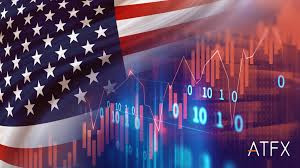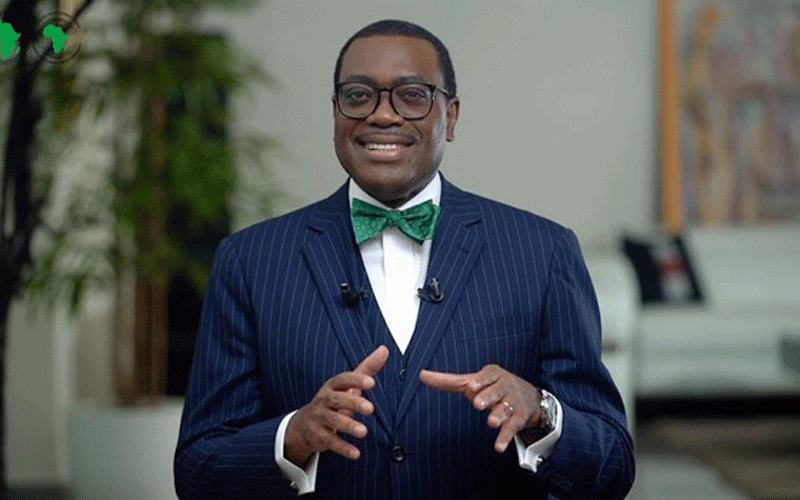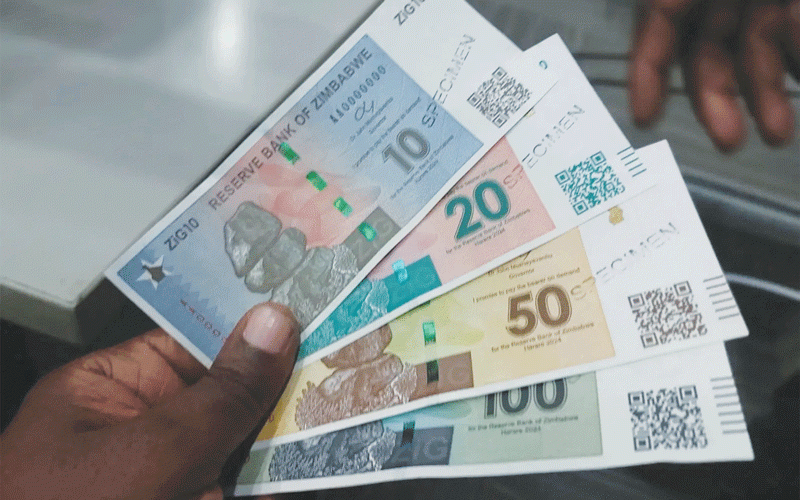
The US stock market opened with a burst of optimism on April 23 as investors digested fresh signals from Washington about the urgent need for a US-China trade deal and a more conciliatory tone from the Trump administration regarding the Federal Reserve.
At the time of writing, the S&P 500 (SPX) is up 1.41% at 5,362.95 points, with the Dow Jones and Nasdaq also posting robust gains.
Yet, beneath the surface, volatility and risk aversion continue to shape investor behavior, especially as the specter of tariffs and political uncertainty linger over the world’s largest economy.
The day’s rally comes on the heels of comments from US Treasury secretary Scott Bessent, who acknowledged that existing tariffs between the US and China are “substantial” and emphasized the necessity of a deal to resolve the ongoing trade tensions.
Wall Street responded positively, with the S&P 500 climbing more than 1.8% and the Nasdaq up over 2.6% when the market opened. The Dow Jones, too, advanced by more than 1.3% in early trading, buoyed by gains in consumer discretionary, financials, and technology sectors.
President Donald Trump’s decision to back off his threat to remove Federal Reserve Chair Jerome Powell further soothed market nerves.
For weeks, investors had been rattled by the prospect of political interference in US monetary policy, with fears that the independence of the Fed could be compromised.
Trump’s reassurances, coupled with Bessent’s trade optimism, have helped stabilize sentiment—at least for now.
While equities surged, the US treasury bond market told a more nuanced story. Reuters report indicates that Investors have been flocking to short-term government bond funds, seeking safety and liquidity amid the broader market turbulence.
This month alone, short-term government bond funds have attracted more than $18 billion in inflows, even as long-term bond funds saw outflows and price declines.
According to Trading Economics data, the yield on the 10-year US Treasury note fell to 4.37% on April 23, extending a modest decline from earlier in the week as risk appetite returned to equities.
This “flight to quality” underscores ongoing concerns about the durability of the US recovery, the impact of tariffs, and the risk of recession.
Short-term bonds, with their lower sensitivity to interest rate changes, have become a preferred refuge for investors wary of volatility and policy uncertainty.
On the currency front, the US dollar index (DXY) has shown only modest movement despite the equity rally.
The DXY rose by just 0.2% on the day, reflecting a degree of skepticism among currency traders about the sustainability of the market’s optimism.
While the dollar did appreciate slightly against major currencies, the muted response suggests that global investors remain cautious, weighing the potential for further volatility if trade negotiations falter or monetary policy surprises emerge.
The stakes remain high. If the US and China fail to strike a trade deal, the consequences could reverberate across global supply chains.
More tariffs would likely exacerbate supply chain bottlenecks, raise costs for businesses and consumers, and increase inflationary pressures.
In such a scenario, US equities could face renewed selling, and the risk premium on American assets would likely rise further.
Investors would be forced to reassess the US as a safe haven for capital, especially given the recent uptick in policy unpredictability.
On the other hand, if the US and China manage to reach an agreement, equities could see a more sustained bounce.
However, the underlying risks—geopolitical tensions, shifting trade alliances, and lingering skepticism about policy stability—would not disappear overnight.
The risk premium on US assets, in my view, has already increased under the current administration’s approach, and it may take time for global investors to regain full confidence in the US market as the world’s primary capital destination.
Given this backdrop, I’ve adopted a cautious yet active approach to my own portfolio.
I’m continuing to write covered calls on positions I already hold, which allows me to collect premiums and generate income even in a choppy market.
At the same time, I’m selling cash-secured puts on stocks with strong fundamentals—companies I have researched thoroughly and believe can weather the tariff storm.
This strategy gives me the flexibility to potentially acquire quality stocks at attractive prices while still earning option premiums.
For example, when the market pulled back last Monday, I took the opportunity to add shares of Booking Holdings, Microsoft, and MercadoLibre—three companies with resilient business models and strong balance sheets.
I’m keeping some cash on hand to buy the dip if volatility returns, and I continue to use cash-secured puts to generate additional cash flow.
In this environment, staying “cash rich” is, in my opinion, a prudent way to maintain flexibility and seize opportunities as they arise.
Let me be clear: this is what I’m comfortable with in my portfolio, given my own risk tolerance and investment goals.
Every investor’s situation is unique, and it’s crucial that readers understand their own risk premium before adopting any strategy.
My approach may not be suitable for everyone, and I encourage you to do your own research, consult with a financial advisor, and avoid simply copying what works for me.
The recent volatility and the administration’s approach to trade and monetary policy have, in my view, increased the risk premium on US assets. While the US remains a cornerstone of the global financial system, investors are right to demand a higher return for the added uncertainty.
Whether this is a temporary adjustment or a more permanent shift will depend on how policymakers navigate the current challenges.
In times like these, information and adaptability are your best allies. I encourage readers to stay updated with reliable financial news and analysis.
For more insights and regular updates, check out my Streetwise Economics channel on YouTube here https://tinyurl.com/5ex4fc6f. If you’d like a more personalised discussion on how to trade and invest in this volatile market, feel free to reach out for a 1:1 consultation at www.streetwiseeconomics.com.
Above all, trade and invest wisely—and until next time - may the markets be on your side.
*Isaac Jonas is a Canadian based economist and principal consultant at Streetwise Economics. He is also a retail investor, trader and content creator, focusing mainly on the US and Canadian capital markets. He regularly shares insights via his social media handles and YouTube Channel (Streetwise Economics). His website is www.streetwiseeconomics.com and can be reachable on isacjonasi@gmail.com. Disclaimer: This article is for educational purposes only—not investment advice. Markets are personal; what works for me might not for you. Consult a financial advisor before acting. Let’s keep learning and adapting—together.









